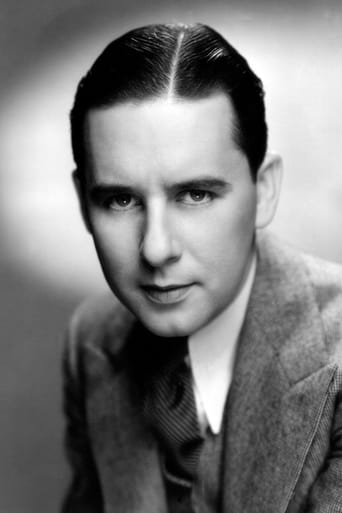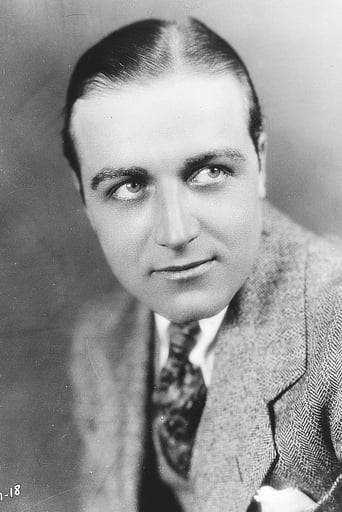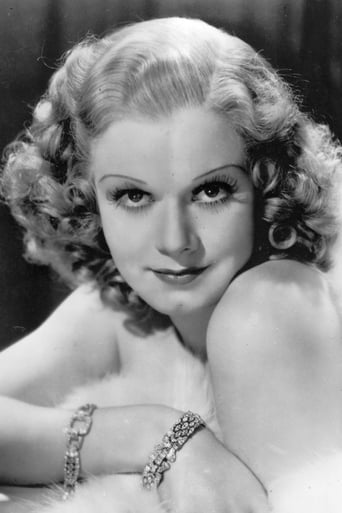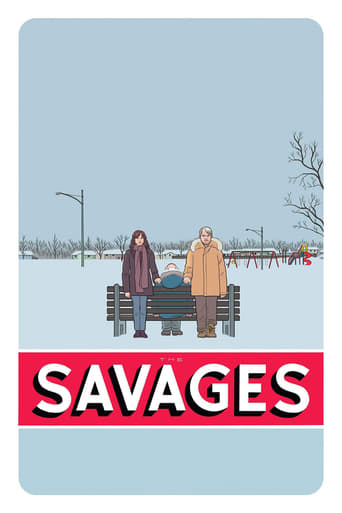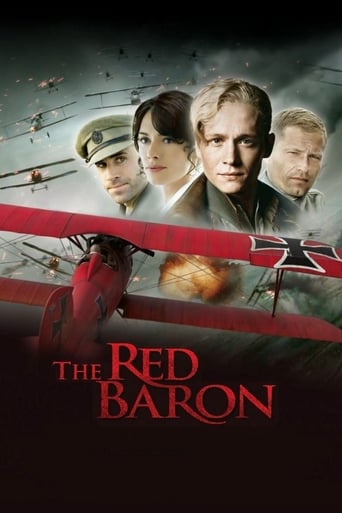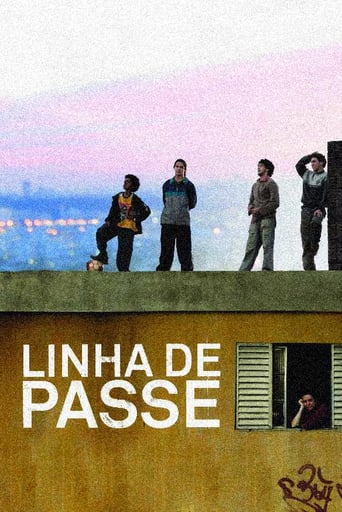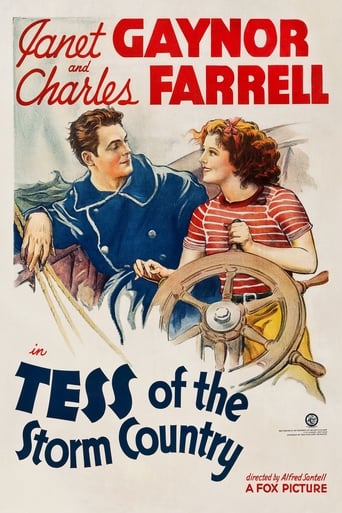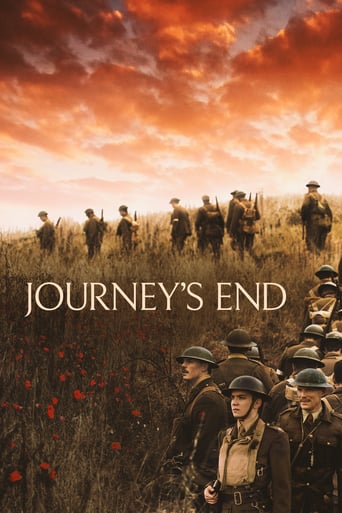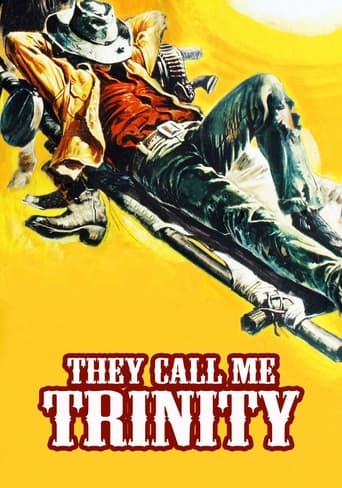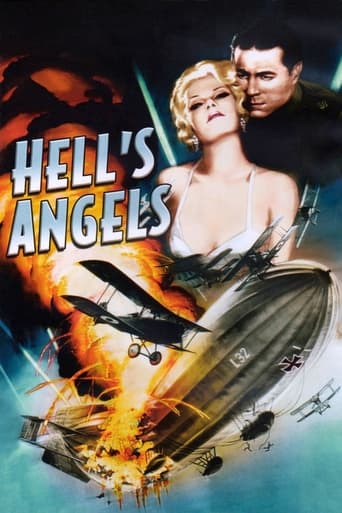
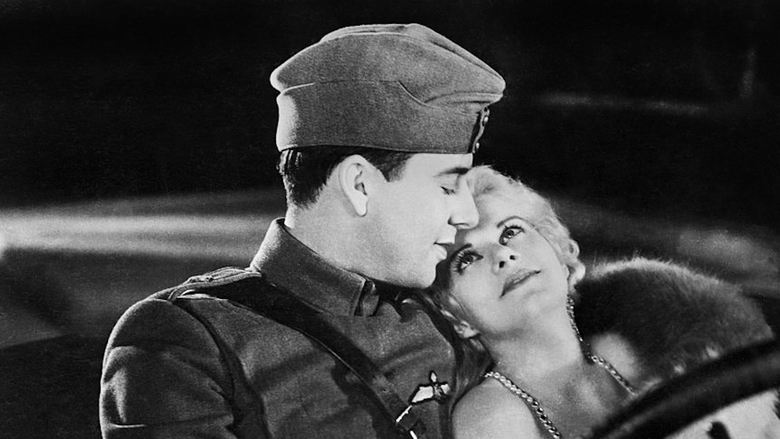
Hell's Angels (1930)
When World War I breaks out, brothers Roy and Monte Rutledge, each attending Oxford university, enlist with the Royal Flying Corps.
Watch Trailer
Cast


Similar titles
Reviews
Back in 1930, multi-millionaire, Howard Hughes (25 at the time) may have been the richest kid on the block, but, regardless of that, when it came to competently directing a Hollywood, adventure movie he was sure clueless, as was clearly evident here with Hell's Angels.Even for a film from that particular era of early movie-making, Hell's Angels was still noticeably mediocre and below-par in so many ways.With this film's budget being $4 million (making it the most expensive picture of its time), I have to tell you that I honestly couldn't see (by the final product) where all of this money was spent.From my point of view - The one and only reason for watching Hell's Angels was for its fairly impressive aerial dogfight sequences (which, unfortunately, happened so few and far between throughout the story).Without these action scenes, this film would've been a real forgettable, nothing picture. And, believe me, at 2 hours and 11 minutes, Hell's Angels was already running on empty, anyway, right from the very start.
In 1927, Howard Hughes began production on a epic featuring the pilots of World War I that would be heavy on aeronautical thrills much in the same vein as "Wings". However, Hughes just could not stop tinkering with his pet project, eventually running the production cost up to four million dollars. This movie is a good example of not being able to tell where Hughes' OCD ends and his desire for perfection begins. However, it all paid off in the end, although it took years. Eventually the film did make eight million dollars, making it one of the top money-making films of the 1930's.There are two major flying sequences in the movie, part of which were actually filmed by Hughes since he couldn't get a professional cameraman to take the kind of chances involved. 1927's "Wings" had some great aerial combat, and had actually won a special Academy Award for engineering, but this film really outstrips it in daring and realism. For example, there are thirty or forty biplanes spinning around one another in one breathtaking combat sequence. Hughes pulled these scenes off largely by employing actual veteran flyers and ex-doughboys eager to show off their skill on camera in return for the big bucks Hughes was offering. However, after three of them died in the extreme sequences, the rest refused to fly for the final scene, saying that they were sure to crash. Hughes decided to fly the scene himself, getting the needed shot. However, just as the pilots had predicted, he also crashed the plane, although he escaped with relatively minor injuries. The main dirigible model was built on a vast scale, and when it explodes (in partial color) the effect is impressive. For the final aerial scene, Hughes used an authentic rebuilt German Gotha biplane bomber.Politically, this film has quite a bit of anti-German sensationalism. For example, the German dirigible commander decides to lighten his ship by ordering his own crew to jump to their deaths. In this film, although there is one "good" German - Roy and Monte's Oxford pal Karl - the women are all faithless. There are no adoring mothers or girlfriends waiting for our airmen to return home in this movie. This is especially true of Jean Harlow's character, Helen. She toys with Roy's heart while every man in uniform becomes her target of opportunity. Helen's outfits are all very revealing and definitely pre-code. There is also plenty of rough language between the pilots, especially when they are aloft. Although this is probably quite realistic in terms of what went on, this also could only happen in the pre-code era. Hughes knew the so-called "code" had no teeth in the era in which this film was made, although his stunts caused him real trouble in his later films.It's hard to tell from the film if Hughes had any real hard and fast feelings about World War I or war in general, or if it was just him inserting the right sense of showmanship at appropriate places to stir up the audience. For example, in one scene a man demonstrating in the street preaches that it is folly to fight a war that is really about capitalism being impeded by the petty inter-fighting of the various European powers, and is beaten by the crowd as a result. But strangely enough, when that line of reasoning is later adopted by the "bad" brother Monte, although much less eloquently, he is deemed a coward. Monte tries to redeem himself by volunteering for a dangerous aerial mission, but even then he has to be dragged to execute the assignment by his brother. When both brothers are captured and Monte wants to tell everything about the pending British attack to his German captors in order to save himself, brother Roy comes up with a clever but unpleasant solution.This is really great entertainment if you are at all interested in either film or aviation history.
Certainly one of the most expensive - and only three years after the inception of 'Talkies', this audacious epic still features some of the most dramatic aerial dog-fight footage ever made, the like of which will never be made ever again.I came to be interested in it as it takes a whole chunk of Marty Scorsese's modern study on Howard Hughes, in his film 'The Aviator'. Leonardo DeCaprio portrays the ambitious Hughes there, the Howard Hughes who only went on to direct Hells Angels after sacking three others, just because they couldn't translate his ideas onto celluloid.As expenses spiralled higher than the actual WWI biplanes, Hughes had amassed the largest private fighter plane force in the World, larger than most countries had. Seventy pilots were employed - and three died during the shoot, with Hughes piloting himself on a stunt that everybody else had refused to perform - he crashed, breaking many bones. A ratio of almost 250 to one feet of film shot, to that used and in The Aviator, we learnt that the whole production was grounded for weeks, costing a fortune, as the Californian skies remained too blue - and cloudless. Hughes claimed that without a background to offset the planes, they looked unreal, as if against a modern CGI green background, but without anything added. This also made them look as if they were static, shot from the side on.In actuality, most of the dialogue and story had been shot as a Silent in 1928, but as it all took so long, Sound came in and so was then out- of-date. Only someone so brilliantly reckless would re-shoot the it, though those looking close report some scenes can be seen to have been dubbed over.So, how does it rate as a film? Yes, it's dated, obviously, with many of the male leads looking rather absurd but the sex-siren of the day, Jean Harlow is superbly spirited and sultry - I was surprised how steamy some scenes in late-night French cafes got - this was before the days of heavy censorship, so real, heavy kissing is very evident. There's a comical - and very un-PC (these days) mockery of the Germans; the Zeppelin (all in a lovely tinted dark blue) wafts over London - their target, Trafalgar Square. After many calculations, their ordnance lands in (presumably) the Thames. "Mission accomplished, target destroyed" they report back...etc etc. Do NOT buy this film for any historical fact, but relish in the sheer (if slightly odd) entertainment values...That that Zeppelin is flown into on purpose by a gallant British pilot in an effort to bring it down is shown in all its glory - one of the dazzling highlights - the whole Zeppelin structure hypnotically scrunching up into a ball of bright orange, with that lovely blue tint - almost alone worth buying the film for.Yes, it takes an hour and a half to get to the finale dog-fights and these are both exciting but also graphic; no angle or violence spared, again quite shocking for such an old movie. These scenes are truly awe inspiring and even classic WWII movies such as The Battle Of Britain had only a few planes, not dozens and all the shots here are from other planes flying alongside - no back projection here!Yes, it is a Museum piece now but a truly magnificent one and one that should be seen to respect the vision and technical accomplishment, which in its day, I would dare to say was the 'Titanic' of the time. Try it....
I really had no idea what to expect from this film. Like many people, I had been attracted to it by the clips shown during Martin Scorsese's The Aviator, and was intrigued enough to buy the DVD. I read several reviews before watching it, which were inconclusive, but I must confess I was dubious about the fact that the majority of the film had been re-shot after the dawn of motion picture sound, suggesting a rushed or insensitive job.Having now seen the film, I must say I was more than pleasantly surprised. Considering it was made in 1930, Hell's Angels is unfailingly watchable. The relationship study between the brothers Roy and Monty, along with Jean Harlow's Helen, is unexpectedly interesting, and some of the avenues the film explores are, at times, gripping. The sexuality of the film must have been rather shocking for its time, not unlike director Howard Hughes' compelling use of colour in certain scenes.But of course, the great talking points of Hell's Angels are the aerial battles that were filmed so daringly by Hughes in mid-air. The closeness of the aircraft and the clear danger that many of the planes were in is alarming stuff and - whatever one says about the wisdom of the techniques involved - makes positively stunning film. Three pilots died during the filming, and Hughes himself was badly injured; but he was always fascinated by how far boundaries could be pushed, and that is clear right throughout the movie.The film's plot has been somewhat maligned, which is rather cruel considering when it was made and the fact that it is not predictable in the way that many of today's movies are. The performances are competent, the characters believable and the ending is what would be deemed 'satisfying'. The scale of this film is frankly monumental, and it is hard to think of a film being made on a scale which would equate to it today without the use of CGI. I am surprised this is not considered a classic, as it offers as much, if not more, than many movies placed in that bracket from a similar era.


